Japanese Culture & Traditions
Relationship Between Wabi-Sabi and the Humble Beauty of Matcha Tea Bowl
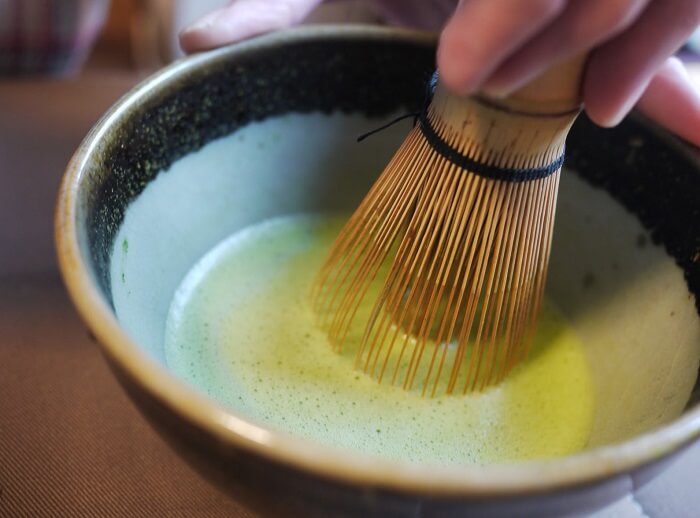
A matcha tea bowl is an essential part of traditional Japanese tea ceremony.
If you’re just starting out on the exploration of teaism and wabi-sabi, you’ve probably looked into getting one. But have you ever wondered why it has to be a matcha tea bowl in specific, and not anything else?
In this post, I’d like to demonstrate how a matcha bowl is differentiated from other tea bowls and how to enjoy its beauty. (image above: asoview.com)
What is The Difference Between Normal Tea Bowl and Matcha Tea Bowl?
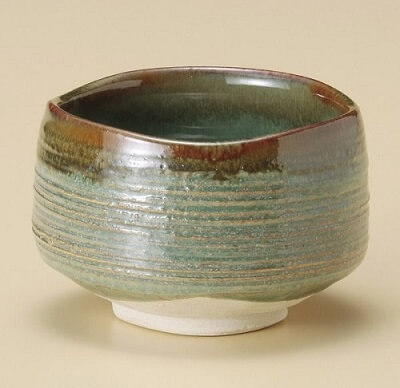
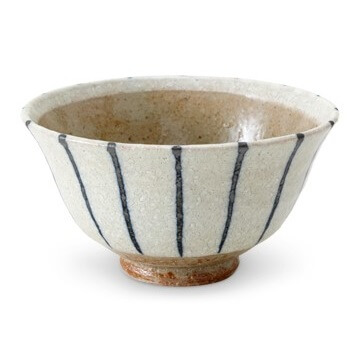
As obvious as it may sound, matcha tea bowl is made specifically for enjoying matcha at a tea ceremony. This has to be said, because in Japan, what we call ‘tea bowl’ mainly points at a round bowl used to hold rice in it. It is light, shaped like a half-circle, and the rim spreads wide in order to make it easier for us to hold it in one hand and eat the rice.
On the other hand, matcha tea bowl is often heavier, thicker, and bigger than normal tea bowls, and its base tends to be much wider so it sits stable on the ground even while its content is being stirred.
Not only that but the standard expected in the aesthetics of matcha tea bowl is exceptionally high. The texture has to be rough, but not too rough so that it’s comfortable against the hands of one who holds the bowl. It has to be light enough so that one can lift it up with ease, but also has to have a certain weight to it. It should not have too many colors or be too vivid, and instead has to look humble and delicate to not break the sense of wabi-sabi in the air. It should be made so that the guest can easily tell where to drink from.
Why should the aesthetics of matcha tea bowl be ‘humble’? – Enjoying wabi-sabi
Japanese tea ceremony was originally a small ‘tea party’ for the general public to enjoy. Even the mannerisms were set just so that the participants can forget about the busy reality for the time being, and it wasn’t for the sake of the performance.
During the Sengoku period, however, the tea ceremony turned into a popular method for the generals to exhibit their power. A high-end items and fancy decorations became the mainstream of the tea ceremony for a short while. This changes later, though. Using a fancy item and showing off the artistic value of the goods came to be thought as non-aesthetic, and people began to believe that such shallow motive breaks the atmosphere of wabi-sabi. Gradually, the utensils for the tea ceremony went back to being simple and the luxurious items came to be differentiated from simple utensils.
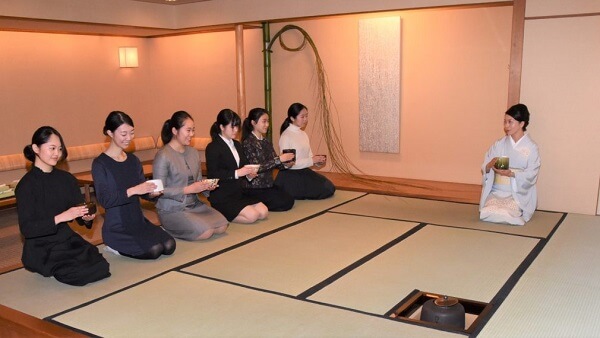
(Image: souten-tea.com)
That is why today, people avoid using utensils that are too expensive or too decorative. They believe that it will take the wabi-sabi, and the relaxing enjoyment of flavor and atmosphere from the tea ceremony. Therefore, the luxury items is thought to be an ‘artistic piece’ rather than a utensil.
Points to Enjoy Beauty of Matcha Tea Bowls
The overall shape:
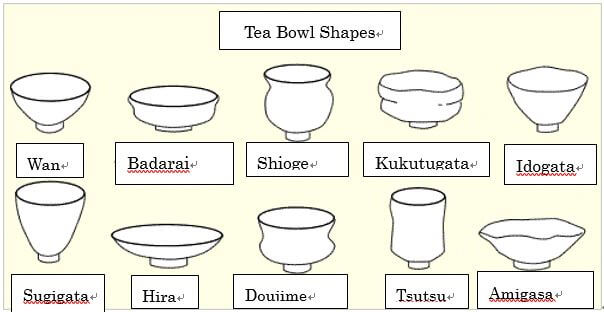
(Image: ocyano-fujii.com)
The overall shape is the first thing you see when you’re looking at a matcha tea bowl. Some of them are shaped differently from the basic matcha tea bowl and has a unique curve to it.
The rim:
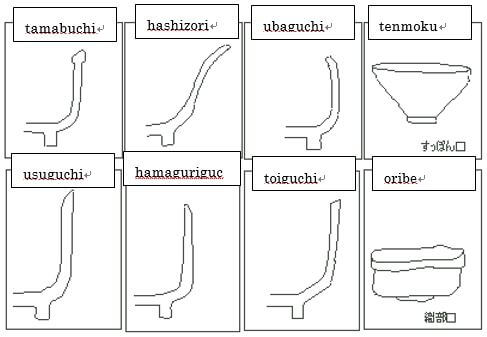
(Image: geocities.jp)
Not only you can enjoy the visual uniqueness of the curves created at the rim of the matcha tea bowl, but you can also experience how these qualities affect the texture and the sensation when you take a sip of the tea.

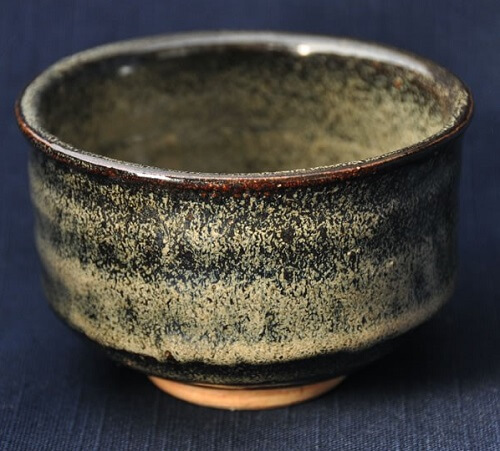
There are two ways in which you can enjoy the surface of the matcha tea bowl.
You can enjoy the color created by the type of clay and the glaze used to make the bowl, and also look at the picture or a pattern hand-drawn on its surface.
Other than these qualities, you can also look at the shapes of the base, the glaze used as the coating, trademark of the artist, etc.
In Conclusion
Beautifully decorated, expensive tea bowls are equally as valuable as humble items used during the tea ceremony, but when it comes to creating the atmosphere of wabi-sabi, it is important to prioritize comfort, silence, and tranquility than a simple luxury. So if you’re thinking of getting a tea bowl specifically for teaism, please look into purchasing an item that brings you humble comfort!

Author - Kanna
A writing/translating enthusiast and a part-time illustrator, recently graduated from Sophia University. My expertise is in media and English studies, but I am also interested in a wide variety of fields, including traditions of art in Japan and how it has changed and been preserved. I hope people find interest in Japan through this blog!

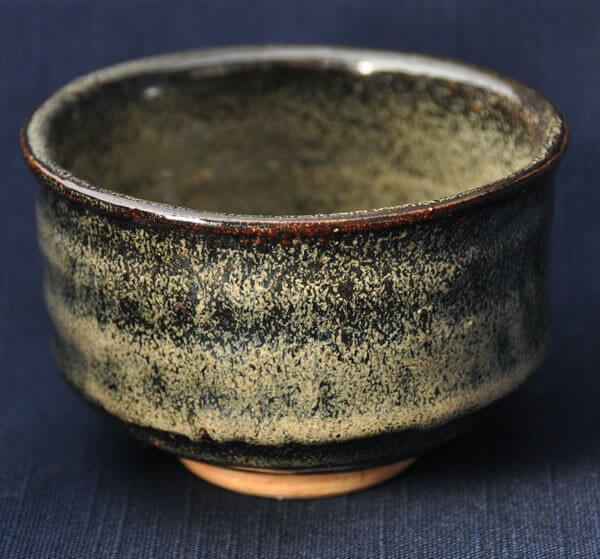
About Orientalsouls.com
Learn and Buy Japanese Craftsmanship, Tradition & Culture
OrientalSoul.com is the online shop where you can buy traditional crafts of Japan.
We only sell selected authentic products in which true spirits of Japanese craftsmanship exist.
You may be able to find similar products in other shops for lower prices. However, we sell products based on fair prices that worth labor and value of experienced craftsmen.
In addition, we introduce stories about product history, how a product is made, what makes it different from others, and how the product enriches your life!